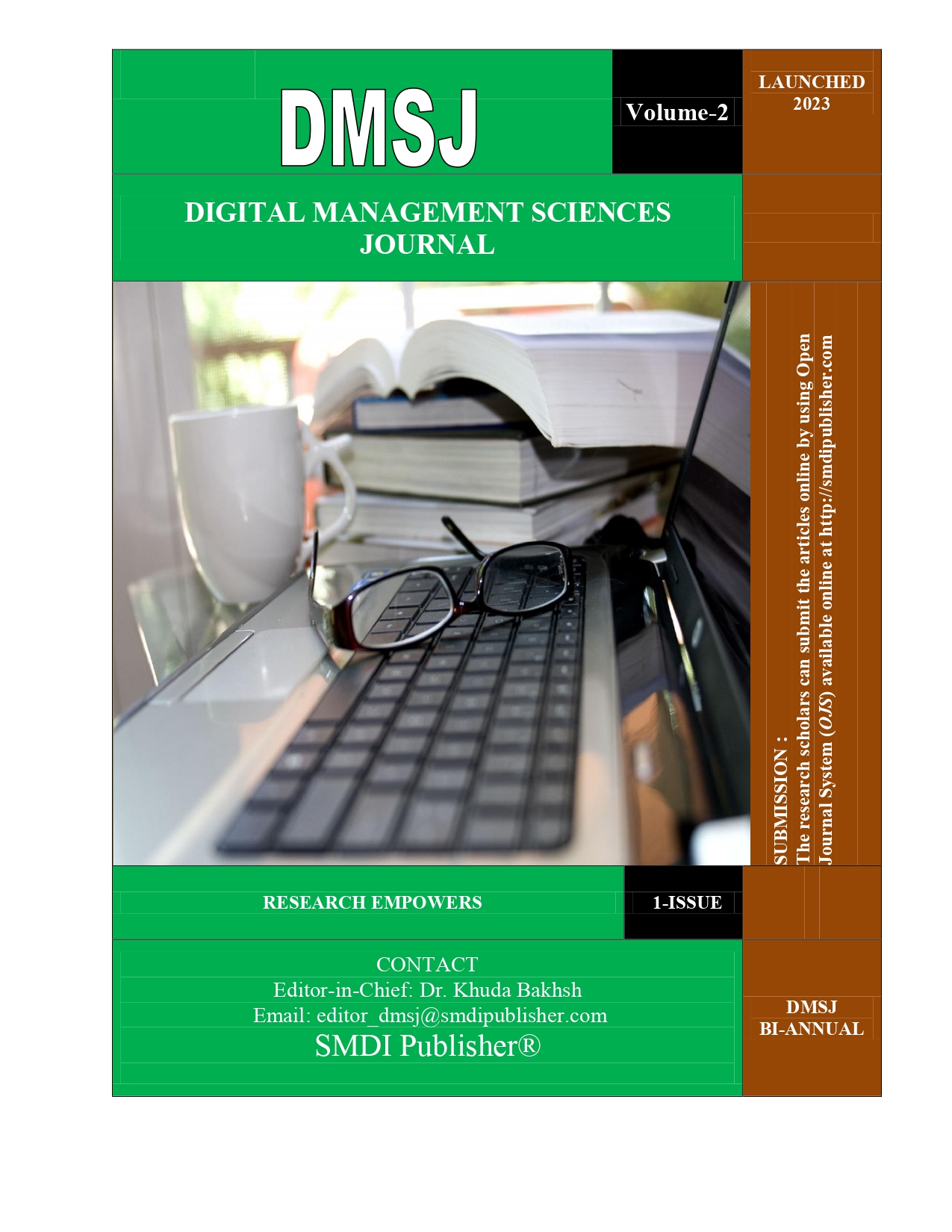Debt Paying Ability and Shareholders’ Wealth of Banking Industry: A Comparative Study of Bankometer and EVA Approach.
DOI:
https://doi.org/10.62854/dmsj.v2i1.32Keywords:
Economic value added, Bankometer, Solvency, ShareholderAbstract
The purpose of the study is to investigate the relationship between the shareholder wealth and bank performance in terms of solvency. Bank solvency is measured in this study with the help traditional financial performance measurement indicator
named as Bankometer. This indicator consists on different ratios. While shareholder wealth is measured by the Economic value added method, which is consider a modern performance indicator. In this research eight year’s data from the period of 2007 to 2014 is collected. In this study four banks are selected for analysis from each category like public bank (Bank of Khyber), private bank
(KASB), Islamic bank (Meezan bank) and foreign bank (Standard charter bank). These banks are selected on the basis of availability of data during the study time period. To measure shareholder wealth, EVA is calculated through the difference of NOPAT and Capital charge. While Bankometer is calculated with the help of Capital assets ratio, equity assets ratio, capital adequacy ratio, non-performing
loans to loans ratio, cost to income ratio and loans to assets ratio, to calculate banks solvency. Research found that all the banks are providing shareholder wealth. Foreign banks are providing more shareholder wealth than others, followed by Islamic, public and private banks respectively. While findings of Bankometer show that public banks and foreign banks are leading in terms of solvency followed by Islamic and private banks. It is also found that there is no relationship between shareholder wealth and banks performance in terms of solvency, because both shareholder wealth measurement and Bankometer are two different approaches of financial analysis.






